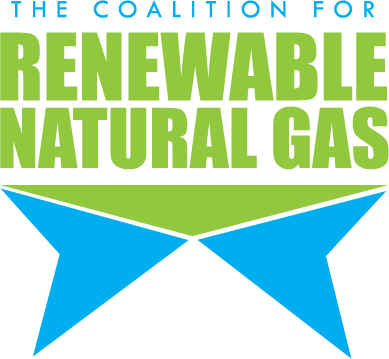By Cody Boteler, Waste Dive.
- In a study published by Bioresource Technology, researchers showed that using a technique called hydrothermal liquefaction (HTL) — a process of subjecting a feedstock to high heat and high pressure — could transform food waste into oil and a carbon-rich aqueous phase. Changing the temperature that the feedstock is exposed to during HTL changes the ratio of how much oil and how much aqueous phase is produced.
- The Cornell University researchers noted that the oil can be refined into biofuel, but the aqueous phase (the non-oil byproduct of the food waste that undergoes HTL) can be used for generating biogas from anaerobic digestion. Roy Posmanik, the lead author of the paper, told Waste Dive in an interview that combining HTL and AD speeds up the overall process. "The HTL takes 20 minutes [to] 60 minutes," he said. "And then you have the aqueous phase, which takes more like three or four days [to digest], rather than three weeks."
- Posmanik added that the HTL-plus-AD process is not limited to just food waste. Other feedstocks, like sludge or wastewater, could undergo HTL and the byproduct could then undergo AD. Posmanik said he and other researchers he works with are working on studying those other feedstocks.
